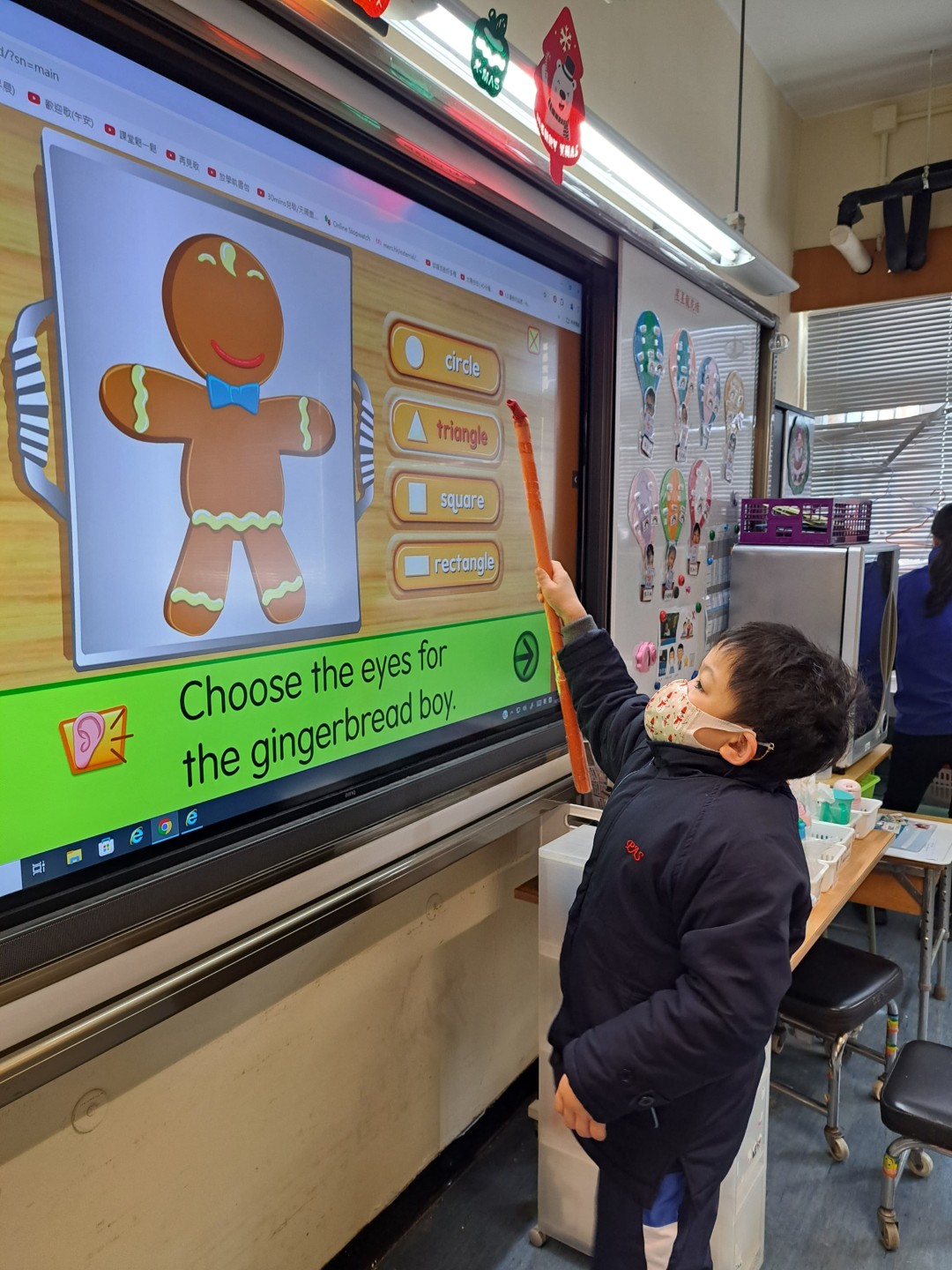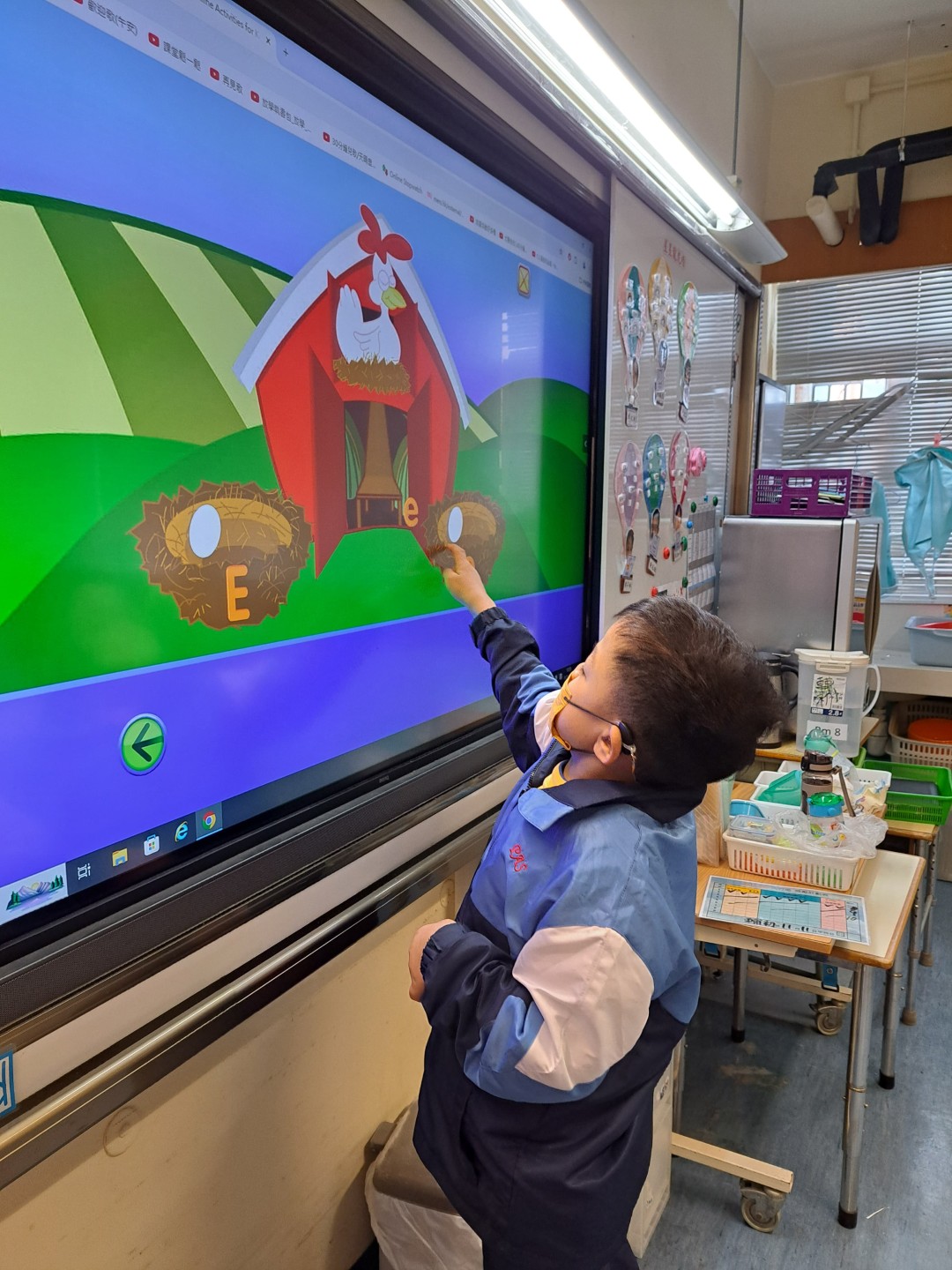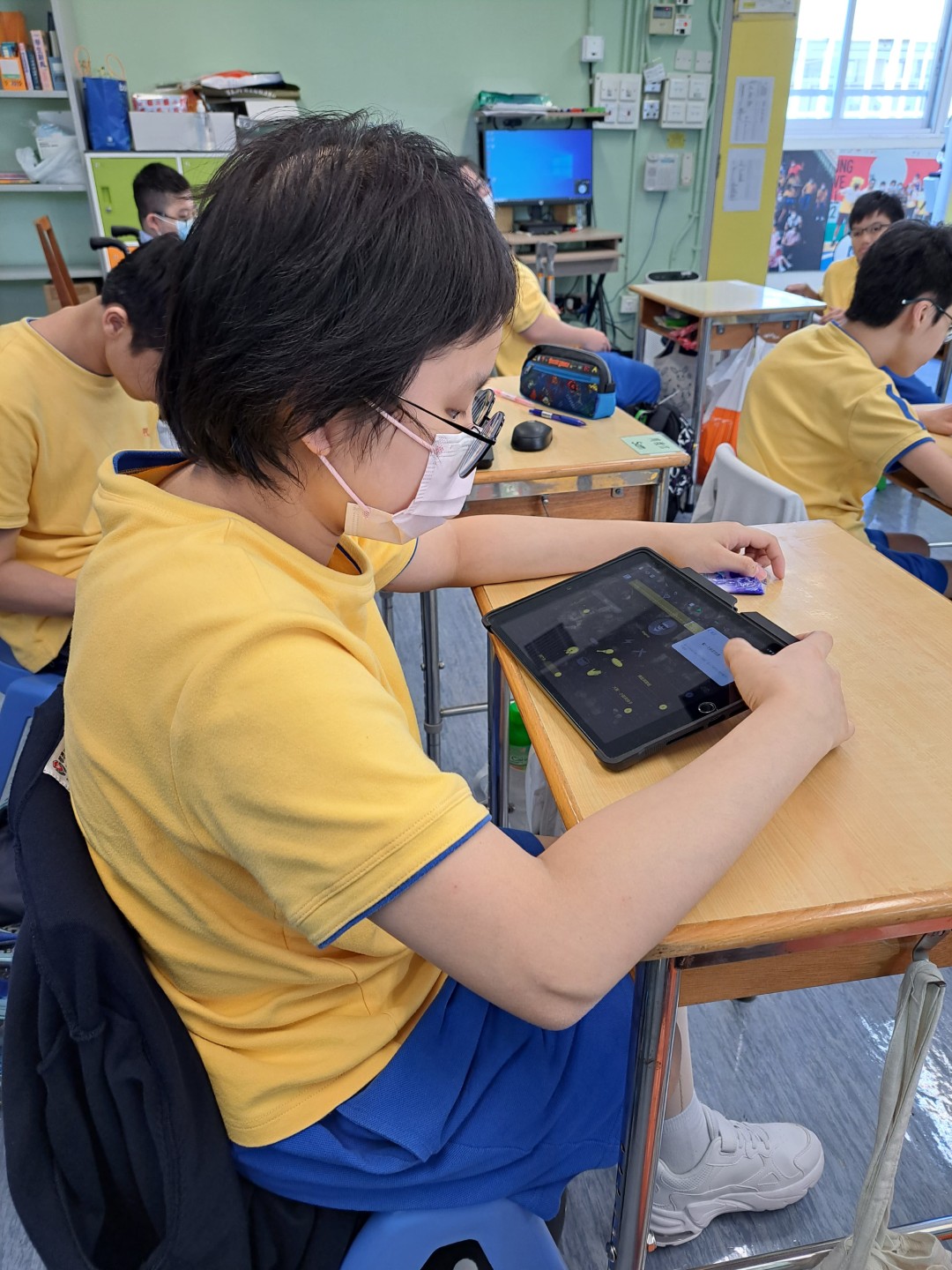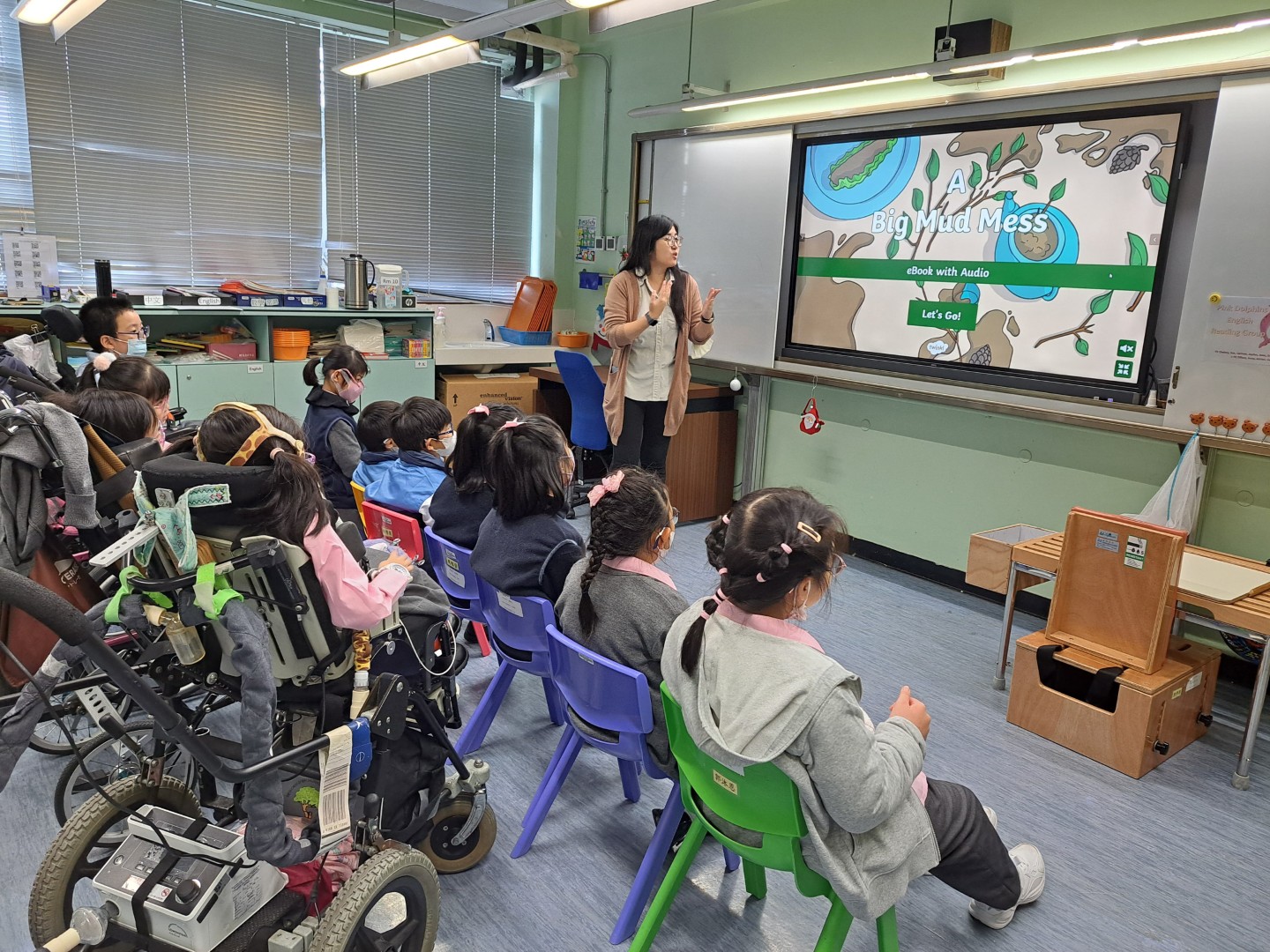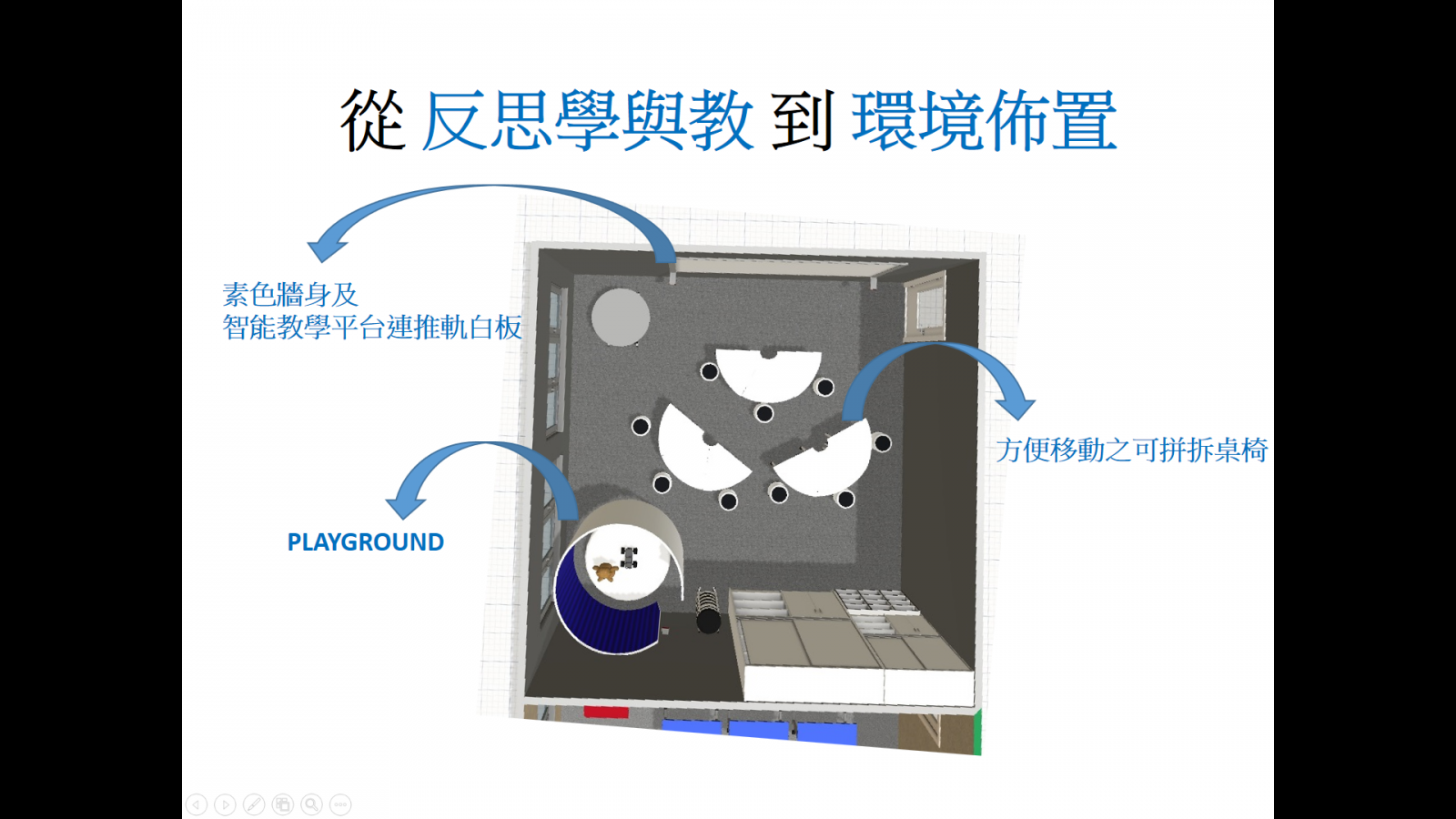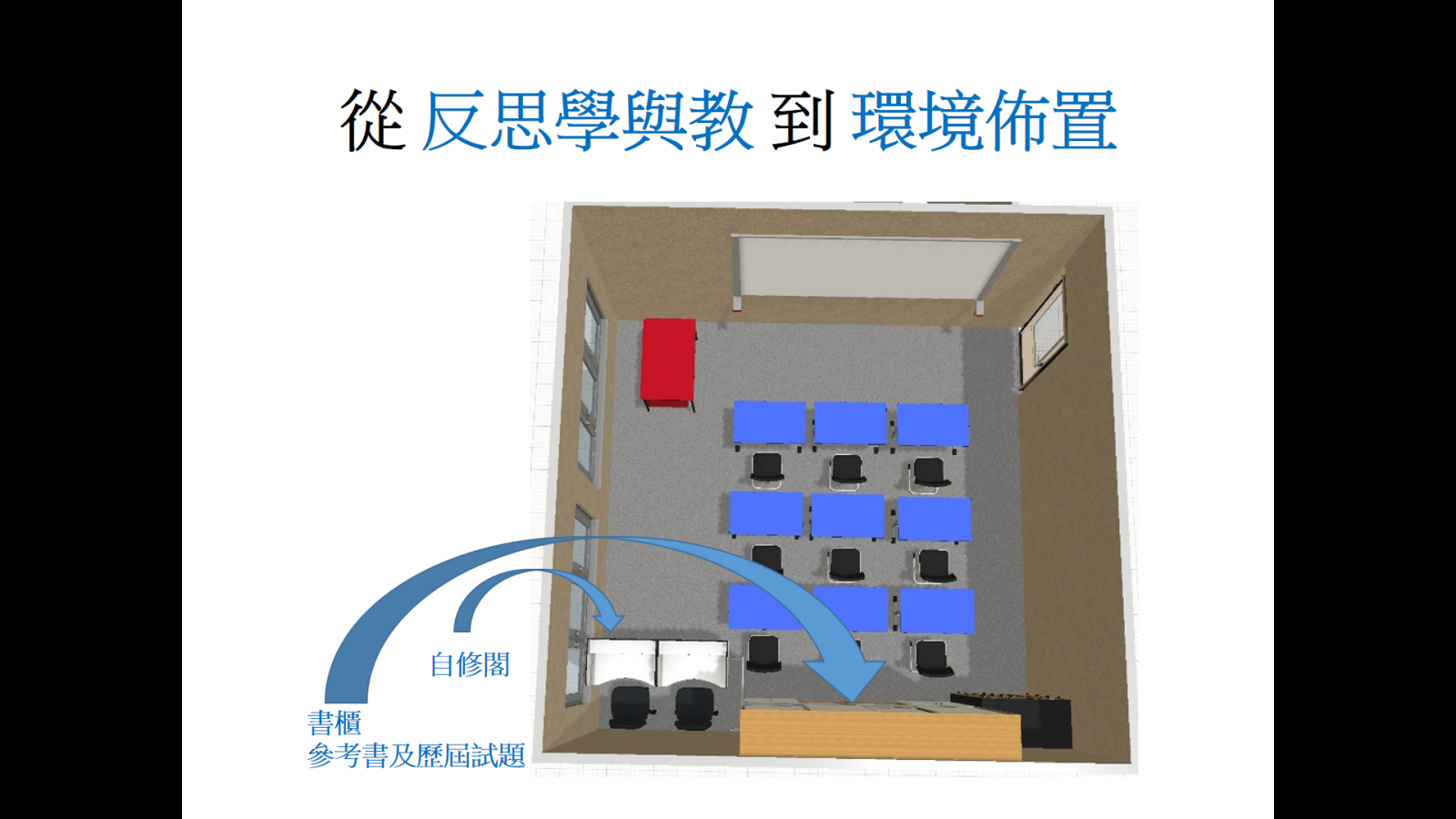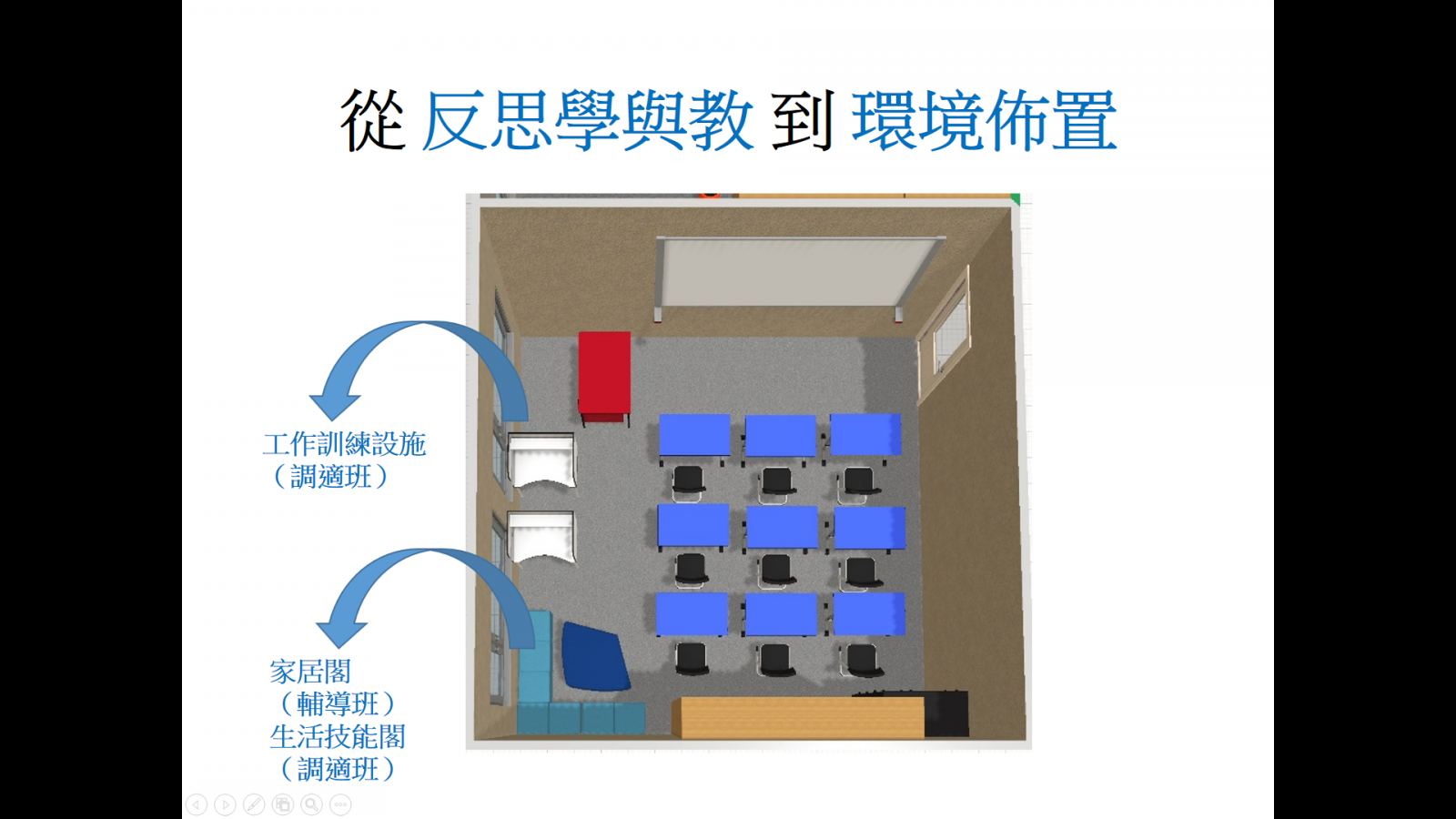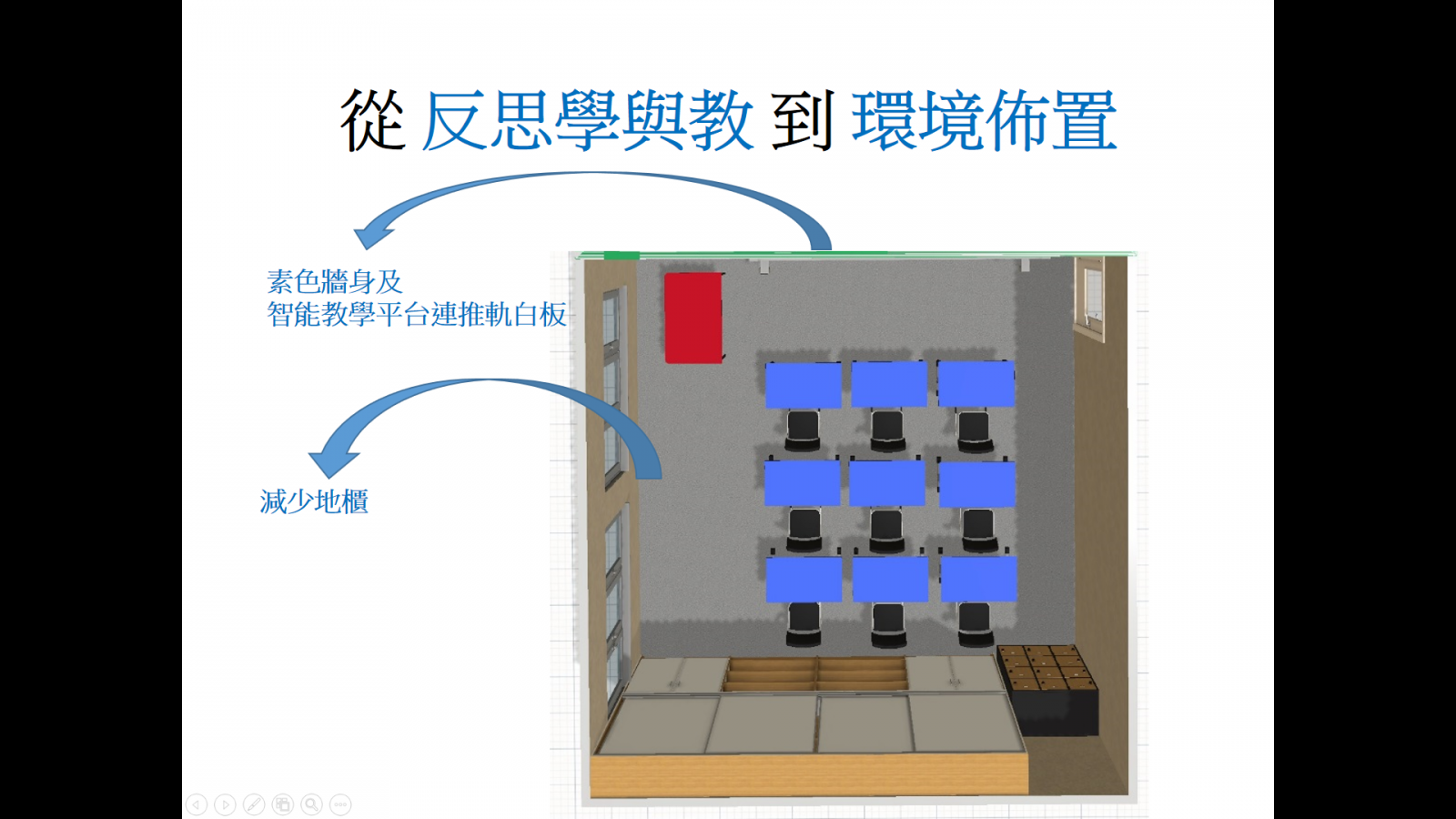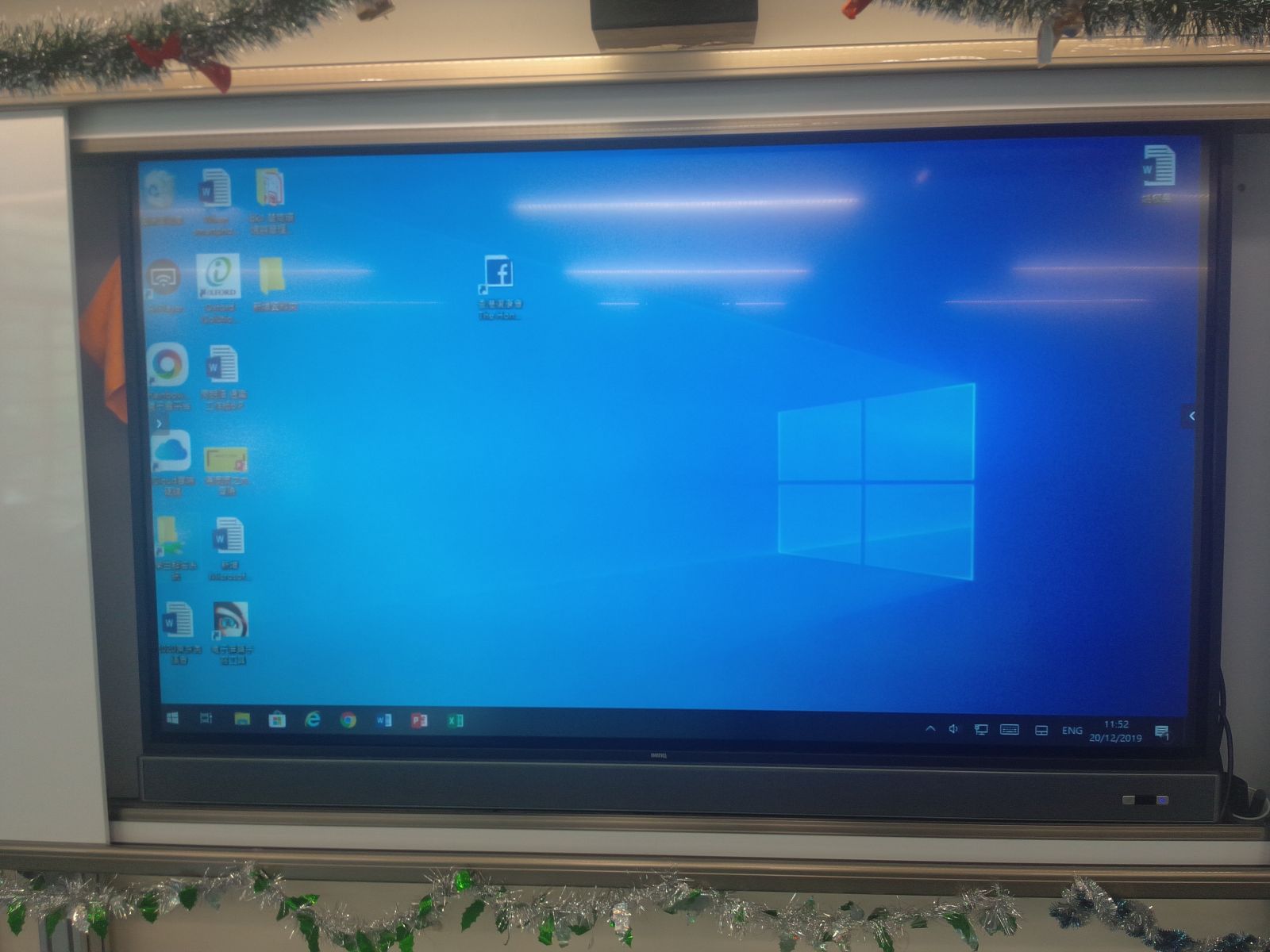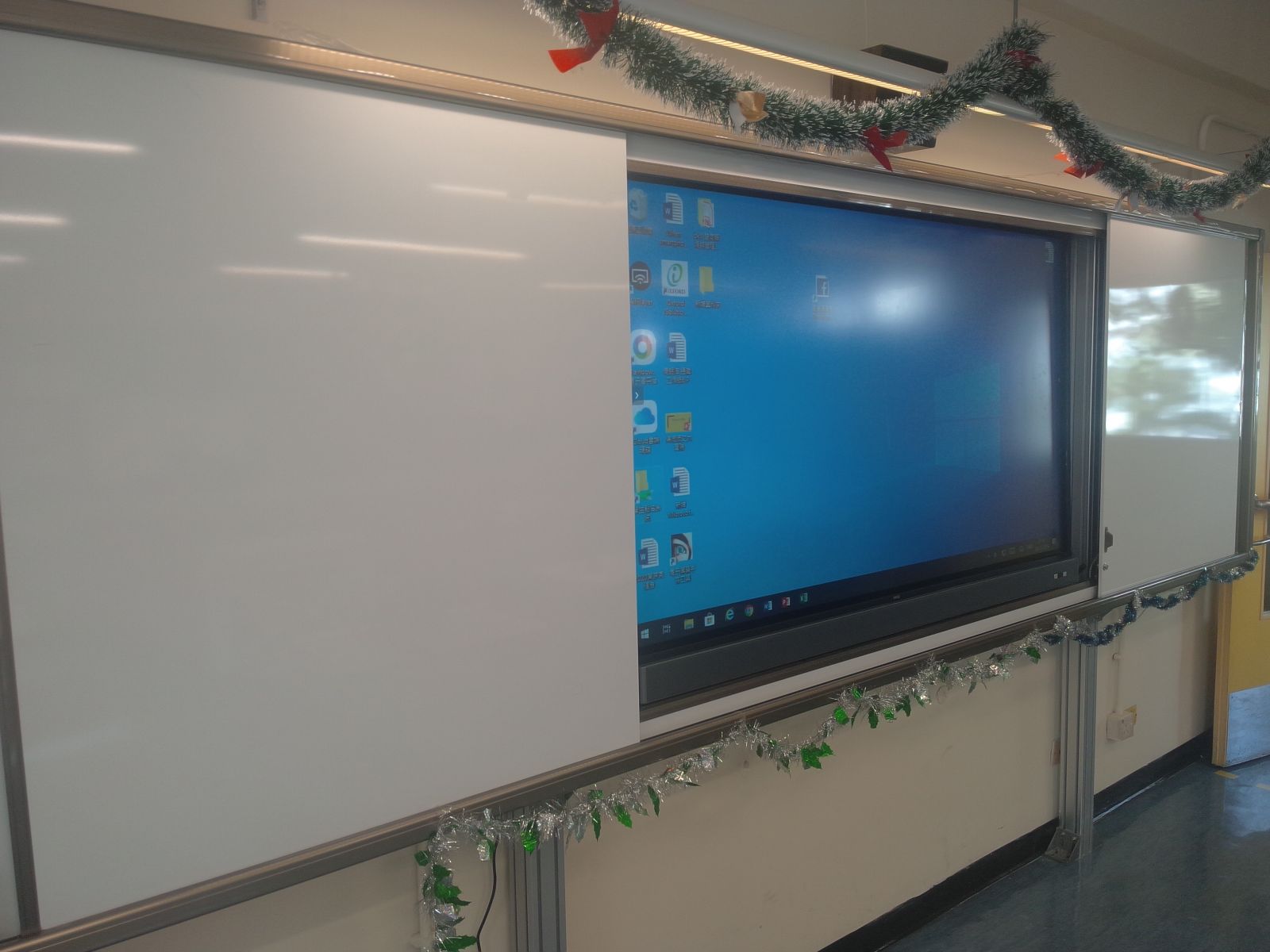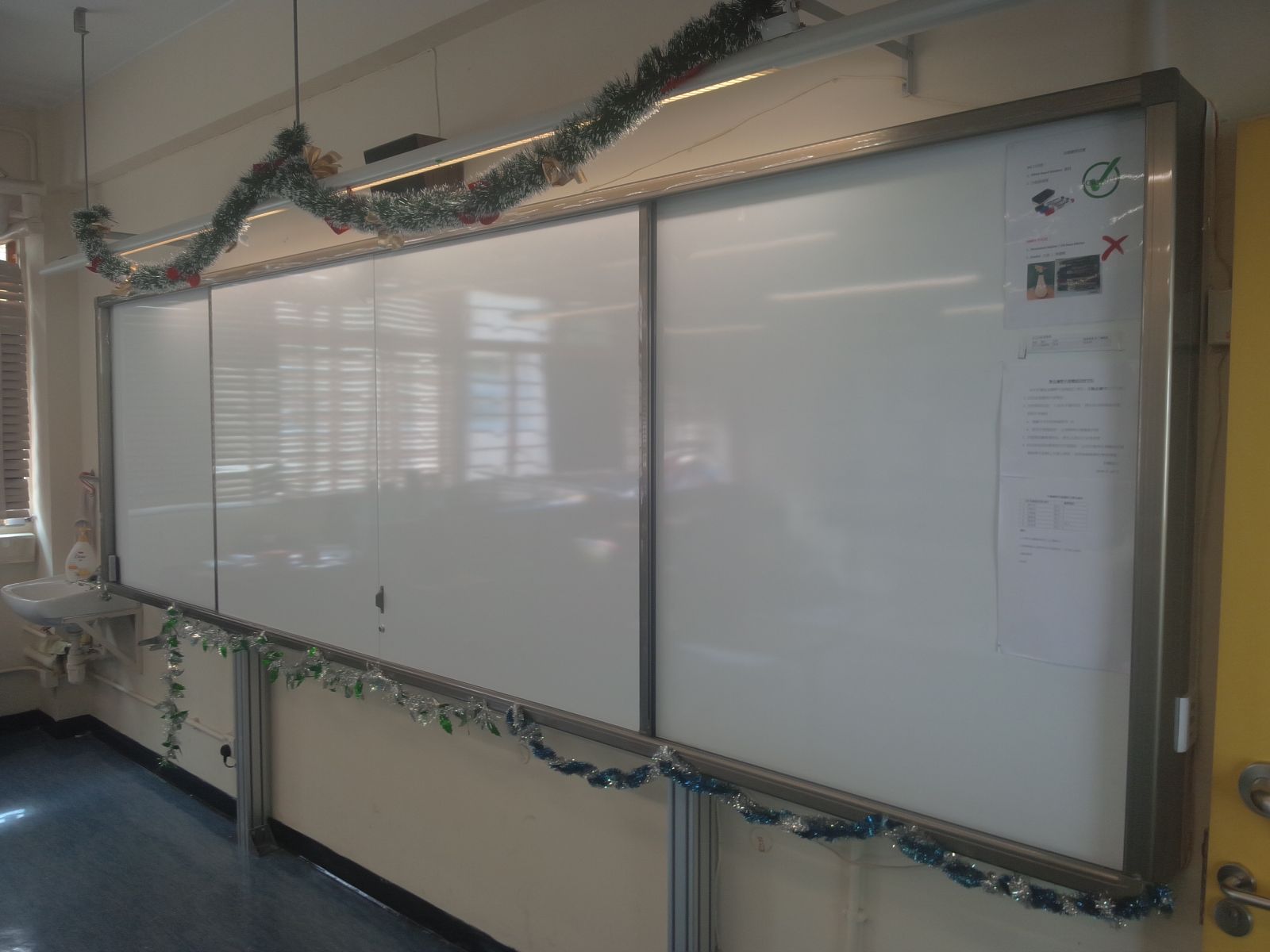
Future Classroom
"Future Classroom" project goals
- Students with different special learning needs can be provided with appropriate facilities, environments, and tools to help them achieve success in their studies.
- Our school's students have multiple learning difficulties, and some of them can be assisted with modern technology and research to help students learn what they want. This project is based on this plan, starting with facilities, using information technology to assist learning, and using classroom layout and hardware to reduce students' learning difficulties.
Current progress of the "Future Classroom" project
- Intelligent teaching platforms and sliding whiteboards have been installed in 19 classrooms to enhance interaction. They can also be used in conjunction with the school's complete Office 365 to improve the quality of information technology teaching.
- In 2019-20, "one person, one Pad" will be implemented in middle schools, and combined with intelligent teaching platforms, students will have information technology-assisted learning, which will not only reduce students' learning difficulties, but also facilitate interactive teaching.
The future development of the “Future Classroom” project
- According to past experience, our school students need more time to adapt in the early stages of enrollment. Therefore, the main concept of future classroom arrangements for each class in junior primary school, junior high school, and secondary school should be to help students adapt to the environment. And because the results of treatment in childhood are more obvious later in life, classroom arrangements should also focus on treatment to improve students' physical condition from an early age, which is beneficial to future learning.
- From elementary school to junior high school, students should gradually focus on learning, learn classroom rules, and use information technology to assist learning and teaching. Future classroom equipment will provide more information technology equipment needed for learning. Early familiarity with learning with information technology will be helpful to students' future learning and career paths.
- High school adjustment courses and supplementary high school classes focus on work training, life skills, future pathways and life after school. Therefore, in addition to the above-mentioned information technology equipment, space should also be provided for job training and life skills training. Smart home systems can even be provided to help students become familiar with using information technology to improve their lives after school.
- Mainstream classes in high schools aim to take the Diploma of Secondary Education Examination. Therefore, future classroom configurations should focus on improving learning and teaching effectiveness. For example, adding bookcases to store previous test questions and reference materials, adding self-study cabinets, etc. can meet students' learning needs in terms of hardware support.
- Since many students at our School suffer from multiple learning disabilities, each case is unique. Classroom arrangements that focus on information technology teaching and the appropriate use of new technologies can fine-tune learning and teaching according to the needs of individual students, making learning and treatment more effective.
